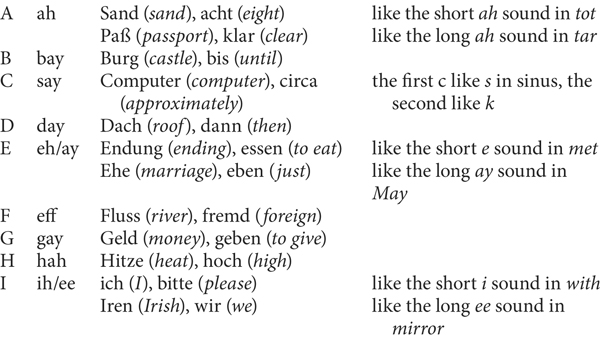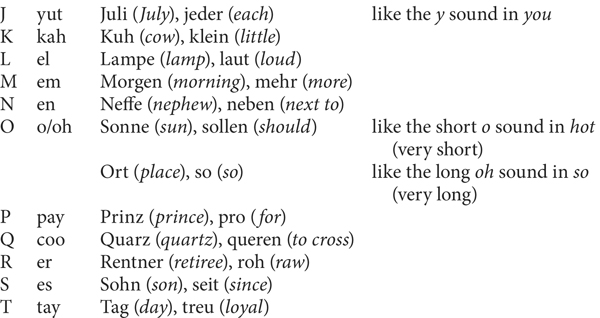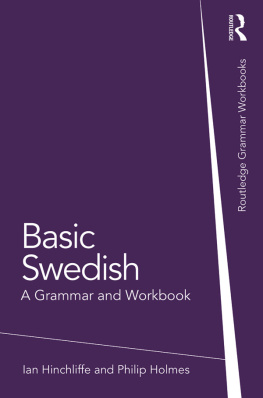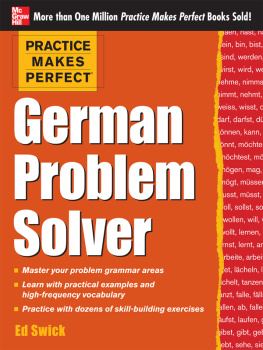
 Copyright 2011 by McGraw-Hill Companies, Inc. All rights reserved. Except as permitted under the United States Copyright Act of 1976, no part of this publication may be reproduced or distributed in any form or by any means, or stored in a database or retrieval system, without the prior written permission of the publisher. ISBN: 978-0-07-170196-9
Copyright 2011 by McGraw-Hill Companies, Inc. All rights reserved. Except as permitted under the United States Copyright Act of 1976, no part of this publication may be reproduced or distributed in any form or by any means, or stored in a database or retrieval system, without the prior written permission of the publisher. ISBN: 978-0-07-170196-9
MHID: 0-07-170196-6 The material in this eBook also appears in the print version of this title: ISBN: 978-0-07-163470-0, MHID: 0-07-163470-3. All trademarks are trademarks of their respective owners. Rather than put a trademark symbol after every occurrence of a trademarked name, we use names in an editorial fashion only, and to the benefit of the trademark owner, with no intention of infringement of the trademark.
Where such designations appear in this book, they have been printed with initial caps. McGraw-Hill eBooks are available at special quantity discounts to use as premiums and sales promotions, or for use in corporate training programs. To contact a representative please e-mail us at bulksales@mcgraw-hill.com. TERMS OF USE This is a copyrighted work and The McGraw-Hill Companies, Inc. (McGraw-Hill) and its licensors reserve all rights in and to the work. Use of this work is subject to these terms.
Except as permitted under the Copyright Act of 1976 and the right to store and retrieve one copy of the work, you may not decompile, disassemble, reverse engineer, reproduce, modify, create derivative works based upon, transmit, distribute, disseminate, sell, publish or sublicense the work or any part of it without McGraw-Hills prior consent. You may use the work for your own noncommercial and personal use; any other use of the work is strictly prohibited. Your right to use the work may be terminated if you fail to comply with these terms. THE WORK IS PROVIDED AS IS. McGRAW-HILL AND ITS LICENSORS MAKE NO GUARANTEES OR WARRANTIES AS TO THE ACCURACY, ADEQUACY OR COMPLETENESS OF OR RESULTS TO BE OBTAINED FROM USING THE WORK, INCLUDING ANY INFORMATION THAT CAN BE ACCESSED THROUGH THE WORK VIA HYPERLINK OR OTHERWISE, AND EXPRESSLY DISCLAIM ANY WARRANTY, EXPRESS OR IMPLIED, INCLUDING BUT NOT LIMITED TO IMPLIED WARRANTIES OF MERCHANTABILITY OR FITNESS FOR A PARTICULAR PURPOSE. McGraw-Hill and its licensors do not warrant or guarantee that the functions contained in the work will meet your requirements or that its operation will be uninterrupted or error free.
Neither McGraw-Hill nor its licensors shall be liable to you or anyone else for any inaccuracy, error or omission, regardless of cause, in the work or for any damages resulting therefrom. McGraw-Hill has no responsibility for the content of any information accessed through the work. Under no circumstances shall McGraw-Hill and/or its licensors be liable for any indirect, incidental, special, punitive, consequential or similar damages that result from the use of or inability to use the work, even if any of them has been advised of the possibility of such damages. This limitation of liability shall apply to any claim or cause whatsoever whether such claim or cause arises in contract, tort or otherwise.
Contents
Preface
Willkommen! Welcome to
Practice Makes Perfect: Basic German, a workbook to assist you in your first year of learning the German language. If you are new to the languageas a self-study learner or a middle or high school student at the beginning levelthis handy workbook can supplement a first-year textbook.
If you are at the end of a first-year course or beginning a second-year course, this workbook can serve as a review text. And Practice Makes Perfect: Basic German can also be used in conjunction with a face-to-face or online German course. Whatever your needs, you hold in your hands a helpful overview of basic grammar, key verbs, structures, and other grammatical elements. As with any language learning activities, be sure to have a basic dictionary of the language at hand. Practice Makes Perfect: Basic German presents high-frequency vocabulary words throughout the book, but absorbing them all at once can be challenging. While this workbook is not meant to be a primary teaching tool, its nine parts and 46 chapters build on each other, progressing from simple concepts to complex ones.
This format will help you learn, review, and retain your knowledge of basic vocabulary and grammatical structures. Use the exercises included in every chapter to test your comprehension. Use the detailed table of contents to follow the progressionor jump around in the book to the sections that you need practice on. The Answer key at the back of the book covers all exercises. Sprinkled throughout the book are some Fun factssome in English and some in German. For the German ones, try to read them for fun and understand them on your own (but so that you may check how much and how well you have understood, they are translated in the back of the book).
This book would not exist without some very key people.  Holly McGuire, my editor, who believed in me and made this writing process fun and stress-free. Open to all ideas and there for guidance and assurance, she has been my backbone and support system.
Holly McGuire, my editor, who believed in me and made this writing process fun and stress-free. Open to all ideas and there for guidance and assurance, she has been my backbone and support system.  My past and present German teachers and students, who have taught me so many things, especially how to make complicated German easier to learn and how to let loose and just have fun.
My past and present German teachers and students, who have taught me so many things, especially how to make complicated German easier to learn and how to let loose and just have fun.  A huge Danke schn!!! to the person whose daily support, and willingness to take care of both babies while I locked myself in the office for hours, made this book possiblemy husband, Steve.
A huge Danke schn!!! to the person whose daily support, and willingness to take care of both babies while I locked myself in the office for hours, made this book possiblemy husband, Steve.  To my two babies, A. and M. and M.
To my two babies, A. and M. and M.
You are the reason I live and breathe, and this book is for you. Mge das Lachen in Euren Herzen tanzen und verget nie, wie schn Ihr seid und wie sehr ich Euch liebe! Ihr seid wahre Engel auf Erden!
I
GrammarVocabularyFun facts1 The alphabet and pronunciation
German pronunciation is straightforward. Every letter in every word is enunciated. There is, of course, the occasional exception to this rule of thumb. Sometimes a word might be pronounced differently in the case of a word being adopted from a different language. This may also happen if the speaker is using a regional dialect.
The German alphabet has the same 26 letters as the English alphabet, but it also has three additional vowels (, , ) and one additional consonant ().
Das Alphabet (The alphabet)



Special letters
Umlaute
In certain German words, two dots (i.e., umlauts) are placed above the vowel to change the sound of the original vowel sound. This occurs only with the vowels
Next page






 Copyright 2011 by McGraw-Hill Companies, Inc. All rights reserved. Except as permitted under the United States Copyright Act of 1976, no part of this publication may be reproduced or distributed in any form or by any means, or stored in a database or retrieval system, without the prior written permission of the publisher. ISBN: 978-0-07-170196-9
Copyright 2011 by McGraw-Hill Companies, Inc. All rights reserved. Except as permitted under the United States Copyright Act of 1976, no part of this publication may be reproduced or distributed in any form or by any means, or stored in a database or retrieval system, without the prior written permission of the publisher. ISBN: 978-0-07-170196-9 Holly McGuire, my editor, who believed in me and made this writing process fun and stress-free. Open to all ideas and there for guidance and assurance, she has been my backbone and support system.
Holly McGuire, my editor, who believed in me and made this writing process fun and stress-free. Open to all ideas and there for guidance and assurance, she has been my backbone and support system. 

